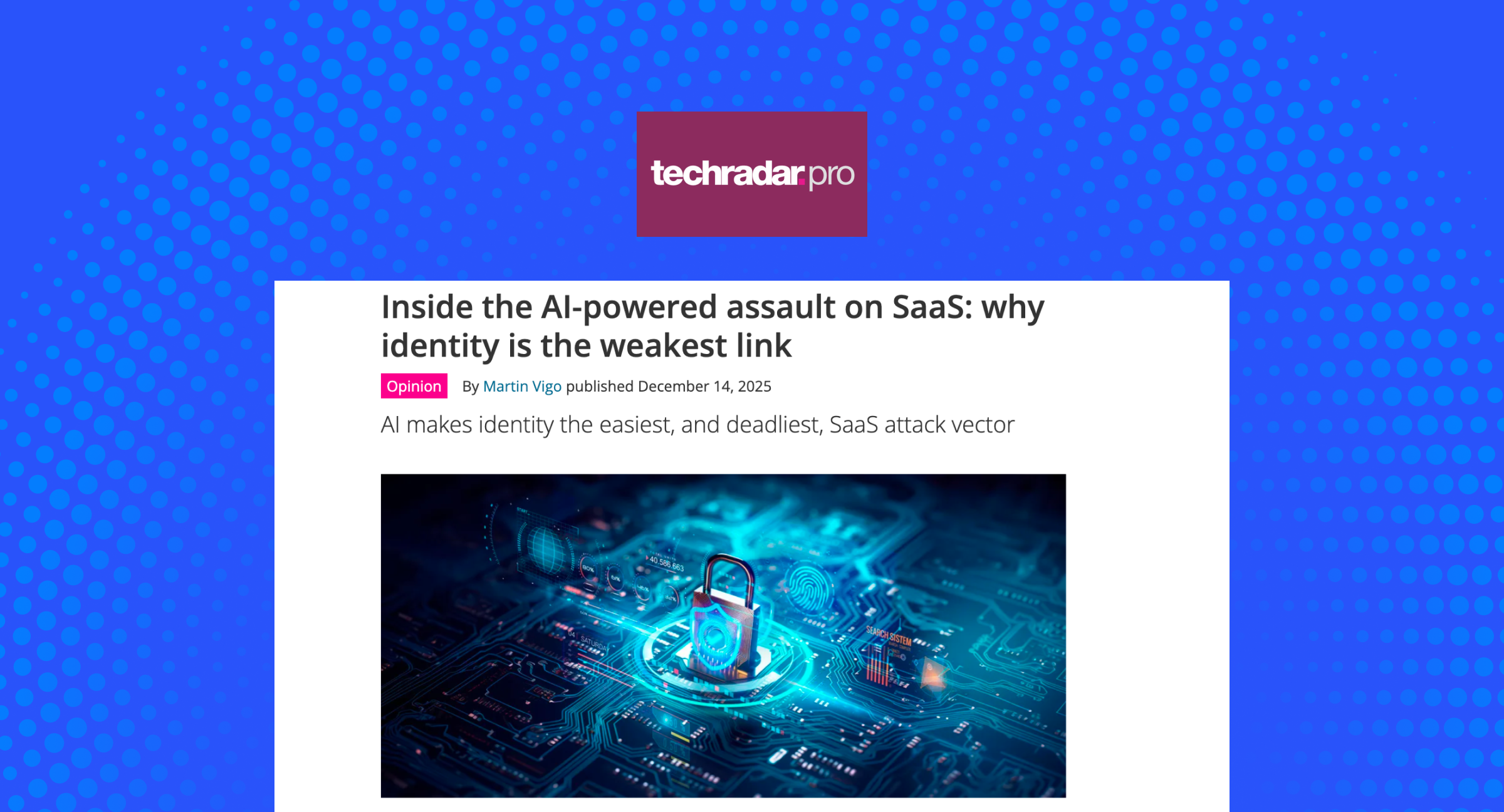Resource Hub
A collection of our latest articles, videos, news, and more.
-
NIST releases draft AI cybersecurity framework profile to guide secure AI adoption
“This Cyber AI Profile is great guidance for those who don’t have much expertise in AI security.”
-
Inside the Global Airline that Eliminated 14,600 SaaS Security Issues with AppOmni
28 apps secured. 37 orgs monitored. 14,600 issues resolved. See how a global airline strengthened SaaS security with AppOmni.
-
Top 25 Most Dangerous Software Weaknesses of 2025 Revealed
When weaknesses like missing authentication, improper access control and authorization bypass, all climb or enter the Top 25, it’s a signal that…
-
Inside the AI-powered assault on SaaS: why identity is the weakest link
Martin Vigo from AppOmni explains why AI makes identity the easiest, and deadliest, SaaS attack vector.
-
Should you stop logging in through Google and Facebook? Consider these SSO risks vs. benefits
“You’re right that ‘Sign in with Google/Apple/etc.’ centralizes risk,” said Cory Michal, chief security officer at AppOmni.
-
Gemini for Chrome gets a second AI agent to watch over it
AppOmni disclosed last month that ServiceNow’s AI agents could be manipulated with one agent recruiting others to perform unauthorized actions.
-
ServiceNow Agentic AI: What It Means for CISOs, SOC Analysts, SaaS Admins, and Developers
Agentic AI expands ServiceNow risk. Read why securing AI agents matters for CISOs, InfoSec, SOC, admins, and IT leaders.
-
Secure Now Or Pay Later: A CISO’s Guide To AI Security
The same SSPM principles that guide SaaS protection also apply directly to AI. So, what steps can CISOs take now?
-
2026 in AI Ops presents opportunity, challenges
In 2026, IT pros should expect to see AI usage grow in importance, said AppOmni Director of AI Melissa Ruzzi, as automation…
-
AppOmni on the Down the Rabbithole Podcast
Aaron Costello joins the podcast to walk through his latest research into how AI agents can be manipulated inside ServiceNow’s Now Assist.









